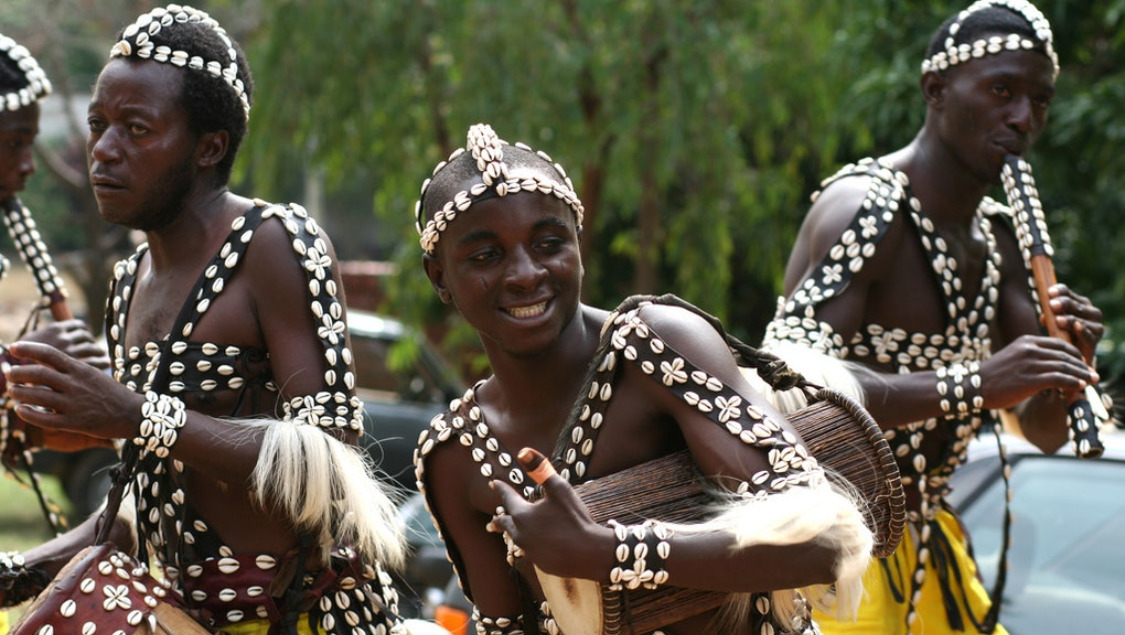Disappearing dialects
Languages of the Great Andamanese people are dead but that of other tribes of the Andaman & Nicobar Islands can still be saved

The Great Andamanese are amongst the earliest people in the world. They are believed to be living on the Andaman group of islands for more than 60,000 years. Today, they are on the verge of extinction — with their population dwindling from about 5,000 at the turn of the 19th century to merely around 50 today.
The Great Andamanese tribe, as they are collectively known, originally comprised ten different tribes. But, with inter-tribal marriages becoming more common, their present-day generation is of mixed parentage.
While just a century and a half ago, the tribes lorded over large parts of the Great Andamans, today, these are herded together in Strait Island, about 50 km away from Port Blair. Once hunter-gatherers, they now depend upon rations provided by the administration. Their dietary habits have changed and they hardly have any memory of their traditions and culture left. More importantly, the Great Andamanese tribes have lost their languages.
Each tribe had its distinct language in earlier times. Most of these languages had become extinct over time and a mixed language was spoken by the Great Andamanese. Even this mixed language is now out of use. The few tribals who knew the Aka-Kora, Aka-Jeru and Aka-Bo languages died by 2010. With the death of an old lady named Lichu in April 2020, the last speaker of the Aka Cari language was lost. The Great Andamanese speak only Hindi today.
The languages of the Jarawa and the Onge tribes may meet the same fate in the near future. The language of the Sentinelese tribe is not known to anyone since this tribe has resisted outsiders' attempts to contact them. In the Nicobar group of Islands, the Shompen tribe live in relative isolation. Their language too is under threat.
When the British set up Port Cornwallis in the Andamans in 1789, they came into contact first with the Great Andamanese. Strong resistance from this tribe, extremely difficult living conditions, repeated bouts of malaria, difficulty in maintaining supplies etc. forced the British to soon abandon Port Cornwallis. However, after the 1857 uprising, the British set up a penal settlement in and around Port Blair to punish our freedom fighters who were transported from mainland India.
The Great Andamanese frequently attacked the penal settlement. They also occasionally provided shelter to escaped convicts. Dudhnath Tewari (Convict no.276), was one such convict who was sheltered by the tribe for more than a year after escaping from the penal settlement. After living with the Great Andamanese, he returned back to the British and provided them vital intelligence inputs about an impending attack by the tribe on the British. The pitched battle that followed on May 14, 1859, known in history as the Battle of Aberdeen, was highly unequal and the defeat of the tribals was inevitable. Dudhnath Tewari was amply rewarded by the British and soon returned to the mainland as a free man.
What followed thereafter was nothing short of ethnocide. In the name of "civilizing" the Great Andamanese, the British administrators set up 'Andaman homes'. The captured Great Andamanese were forced by the British to stay in these homes. These tribes had no previous contact with outsiders and, therefore, had no immunity against diseases like influenza, measles, pneumonia, syphilis etc. Many of them succumbed to these diseases and their population dwindled rapidly.
Even after the independence, the population of the Great Andamanese people steadily declined, and the 1961 census showed that they were only 19 in number. In subsequent years, their population had increased. Intermarriages among the tribals, the mainlanders and Karens (a group of people of Myanmarese origin) may have contributed to the increase.
Colonization had annihilated indigenous people, their languages, culture and way of life. Indigenous people, throughout the world, have been dispossessed of their lands, and are subjected to discrimination. Unfortunately, this process continues to date under the garb of "development".
Languages keep alive the collective memory, mythology, knowledge, and culture of an entire community or tribe. It is for these reasons as well as for ethical ones that languages of all sections need to be preserved. Indigenous languages are dying out rapidly everywhere in the world. Many linguists, anthropologists and activists have taken up the cause for indigenous languages. Anvita Abbi, a renowned linguist, has painstakingly studied the Great Andamanese languages for years and has been voicing her concern about the future of the languages of the tribe.
Language rights of indigenous people are today guaranteed by the United Nations Declaration on the Right of Indigenous Peoples as well as the Indigenous and Tribal Peoples Convention. The UN General Assembly had proclaimed the year 2019 as the International Year of Indigenous Languages to highlight the loss of indigenous languages and the need to take action for preserving, revitalizing and promoting the same. The United Nations has now declared the decade 2022-2032 as the International Decade of the Indigenous Languages.
The writer is a retired IAS officer who had served in Afghanistan during 2011-13. Views expressed are personal



